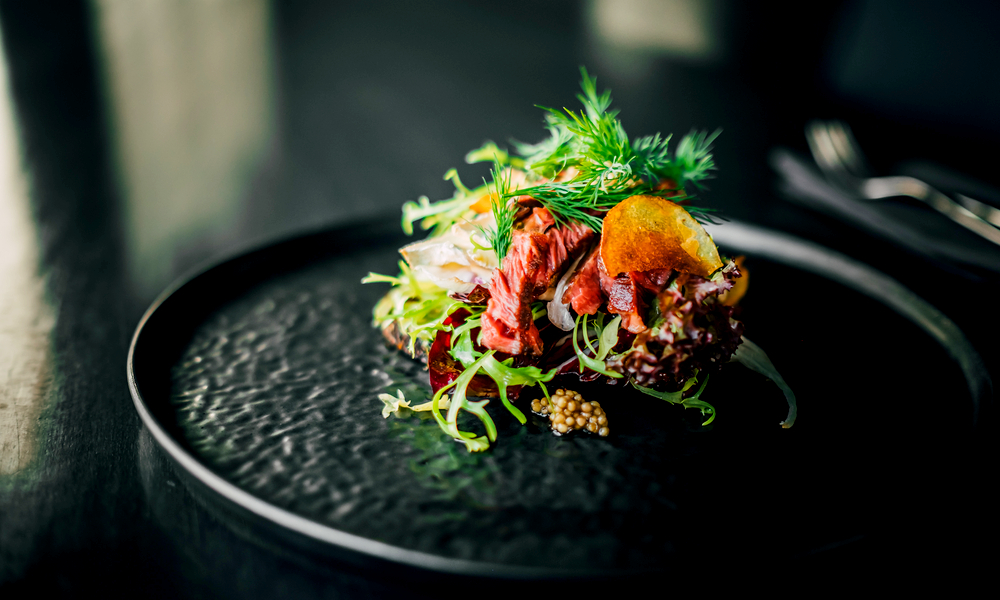Dining at a Michelin star restaurant is often considered the pinnacle of culinary excellence. These prestigious establishments are celebrated worldwide for their innovation, precision, and unparalleled attention to detail. Whether you’re a foodie, a traveler, or someone curious about fine dining, understanding what a Michelin star means and how a restaurant earns it can enhance your appreciation for this elite tier of gastronomy. This comprehensive guide explores the history, evaluation process, star levels, dining expectations, and global influence of Michelin-starred restaurants so you can fully understand the magic behind the stars.
The Origin of Michelin Stars
The Michelin Guide originated not from the culinary world but from the tire industry. In 1900, the Michelin tire company in France published a guide to help motorists find lodging, mechanics, and dining on their road trips.
- Initial Purpose: It aimed to encourage driving and, in turn, increase tire sales.
- First Reviews: The guide began including restaurant reviews in the 1920s.
- Star System Introduced: In 1926, the first star was awarded. By 1936, the current three-star system was established.
- Anonymous Inspections: Michelin inspectors dine anonymously and pay for their meals to ensure unbiased reviews.
Today, Michelin Guides are published for select cities and countries worldwide, and the stars have become the highest honor in culinary achievement.
What Does a Michelin Star Mean?
Michelin stars are awarded based on strict criteria and are limited to one, two, or three stars. Each level reflects a different standard of excellence.
- One Star: “A very good restaurant in its category.” Consistent quality and solid technique with fresh ingredients.
- Two Stars: “Excellent cooking, worth a detour.” The chef’s personality and skill become evident in every dish.
- Three Stars: “Exceptional cuisine, worth a special journey.” Near perfection in execution, creativity, and service.
- No Half Stars: Michelin only awards whole stars. Restaurants must maintain or improve to retain them annually.
A star does not guarantee luxury or formality—some awarded spots are casual or even affordable, but all offer exceptional food and culinary artistry.
Criteria Michelin Inspectors Use
The Michelin Guide’s evaluation is highly secretive and rigorous. Inspectors follow a set of consistent standards when assessing restaurants.
- Quality of Products: Freshness and quality of ingredients are essential.
- Mastery of Flavor and Technique: Technical execution and balance of flavors are closely scrutinized.
- Personality of the Chef in the Cuisine: The uniqueness and identity reflected in the menu matter greatly.
- Value for Money: The overall experience must match or exceed the cost.
- Consistency: Quality must be consistent across visits and menu items.
Inspectors visit restaurants multiple times and compile detailed reports before stars are awarded or renewed.
Types of Michelin Awards
Beyond the classic one to three-star rankings, Michelin has introduced other symbols to acknowledge excellent restaurants.
- Bib Gourmand: Awarded to establishments that offer excellent food at reasonable prices.
- Green Star: Recognizes restaurants with a strong focus on sustainability and eco-friendly practices.
- Plates: Introduced in some editions, indicating good food but not quite star or Bib level.
These additional recognitions help diners find hidden gems or eco-conscious kitchens outside the star rankings.
What to Expect at a Michelin Star Restaurant
Dining at a Michelin-starred restaurant often transcends the traditional dining experience. From food to atmosphere, every element is carefully curated.
- Menu Creativity: Expect seasonal, locally sourced, and artistic dishes. Tasting menus are common.
- Impeccable Service: Staff are highly trained, courteous, and discreet, anticipating needs without hovering.
- Ambiance and Setting: Attention to lighting, table settings, and design contributes to the overall experience.
- Pacing and Presentation: Courses are presented with timing, story, and finesse. Presentation is often visually stunning.
- Chef Interaction: In smaller or open-kitchen settings, chefs may introduce courses personally.
The experience is immersive and often theatrical, intended to leave a lasting impression on all senses.
The Cost of Michelin Dining
A common question about Michelin restaurants is whether the experience is worth the cost. Pricing can vary drastically.
- One-Star Prices: Often the most accessible. Some offer set lunches at reasonable rates.
- Two-Star: More elaborate meals, typically starting at mid to high-tier pricing.
- Three-Star: Premium pricing, with tasting menus often exceeding $300 per person before wine.
- Add-Ons: Wine pairings, premium ingredients (like caviar or wagyu), and service charges can significantly increase costs.
While expensive, many diners consider the investment worthwhile for a once-in-a-lifetime culinary journey.
Michelin Stars Around the World
The Michelin Guide originally focused on France but now spans cities and countries across the globe, influencing dining cultures worldwide.
- Asia: Japan, Singapore, and Hong Kong boast some of the highest concentrations of starred restaurants.
- United States: Michelin Guides are published in select regions like New York, California, Chicago, and Washington D.C.
- Europe: France, Italy, and Spain continue to dominate the star scene with a strong tradition of haute cuisine.
- Emerging Regions: Countries like Thailand, Brazil, and Hungary are gaining recognition for culinary innovation.
The presence of Michelin restaurants boosts tourism, local pride, and culinary standards in the region.
How Restaurants Earn and Lose Stars
Michelin stars are awarded annually, and a restaurant must maintain its standards year after year.
- Annual Reviews: Restaurants are re-evaluated every year. Stars are not permanent.
- Loss of a Chef: If a head chef leaves, a star may be lost as the consistency and culinary identity may change.
- Major Renovations or Menu Overhauls: Changes in direction can impact evaluations.
- Consistency is Key: A single sub-par service during an inspector visit can cost a star.
- Unbiased Evaluations: Michelin insists their decisions are based purely on food and service—not reputation or trend.
This keeps chefs and restaurants highly motivated to maintain the highest levels of performance and creativity.
Misconceptions About Michelin Stars
With such prestige, several myths surround Michelin restaurants that are worth clarifying.
- Myth: All Michelin restaurants are expensive – While many are, Bib Gourmand and one-star restaurants can be surprisingly affordable.
- Myth: Stars reflect decor – Michelin stars are awarded for food. While ambiance is noted, it’s not a core evaluation factor.
- Myth: You need formal attire – Some Michelin restaurants are casual, and dress codes vary by location.
- Myth: Michelin only awards French cuisine – Today’s Michelin stars honor global cuisines including Thai, Indian, Japanese, and Peruvian.
- Myth: Stars are influenced by celebrity status – Only anonymous inspectors decide awards, not public opinion or fame.
Understanding these myths helps diners approach Michelin-starred dining with more accurate expectations.
Why Michelin Stars Matter
Earning a Michelin star is one of the highest achievements for a chef and can transform a restaurant’s destiny.
- Industry Recognition: Chefs often train for decades to earn a star. It validates their technique and vision.
- Business Impact: A star boosts demand, prestige, and pricing power. Reservations can fill up months in advance.
- Global Visibility: Michelin status draws international tourists and serious food lovers.
- Culinary Standards: The guide elevates culinary standards and encourages innovation across the industry.
It’s not just about the stars—it’s about the pursuit of excellence that drives Michelin-starred kitchens.
Conclusion
Understanding the world of the restaurant unlocks a deeper appreciation for the artistry, discipline, and passion behind fine dining. From its tire-company origins to its modern-day prestige, the Michelin Guide has shaped culinary landscapes across continents. Whether you’re planning a special night out or simply dreaming of a future food adventure, knowing how Michelin stars are earned—and what to expect—adds richness to the experience. As you explore new destinations and flavors, let the stars guide you to unforgettable meals crafted with mastery and care.

















